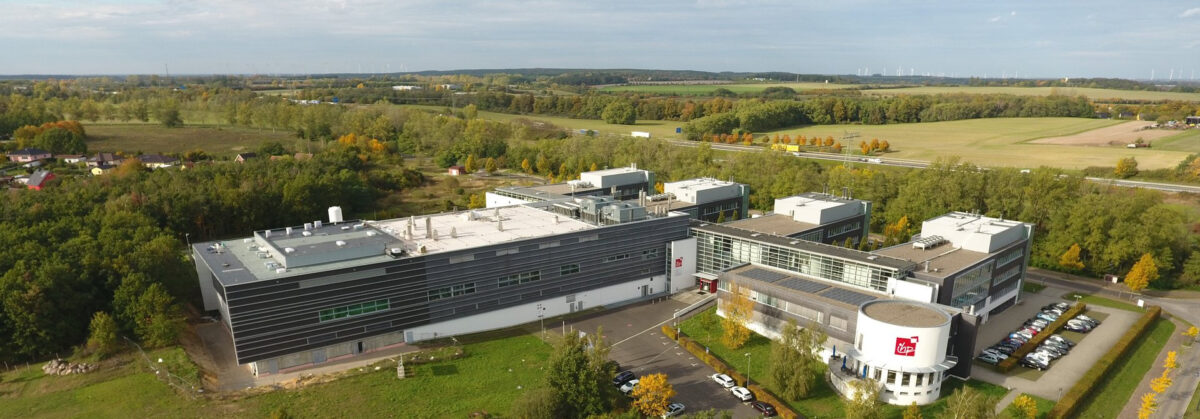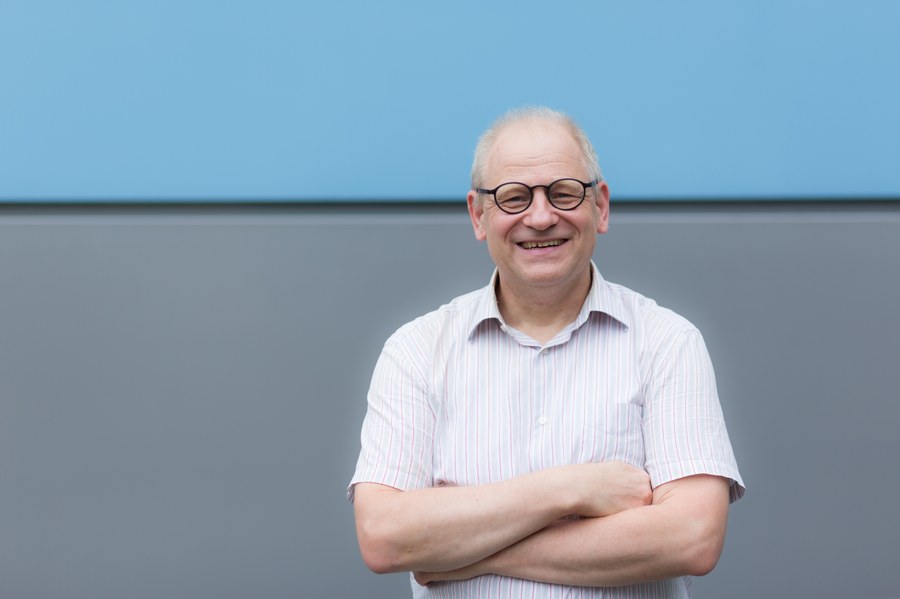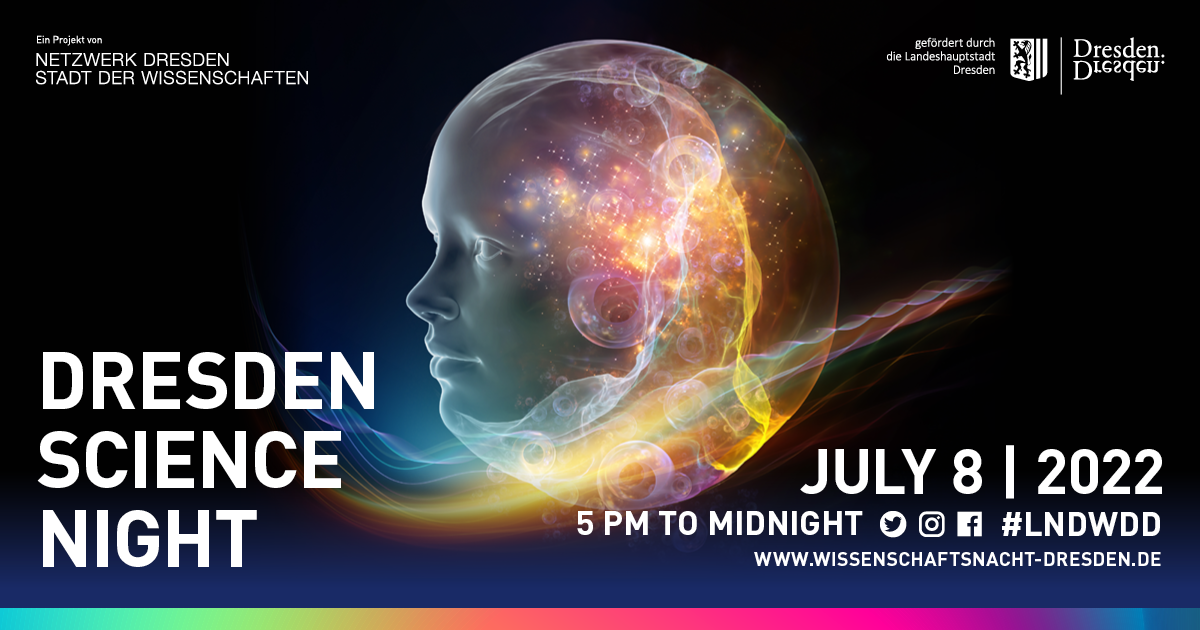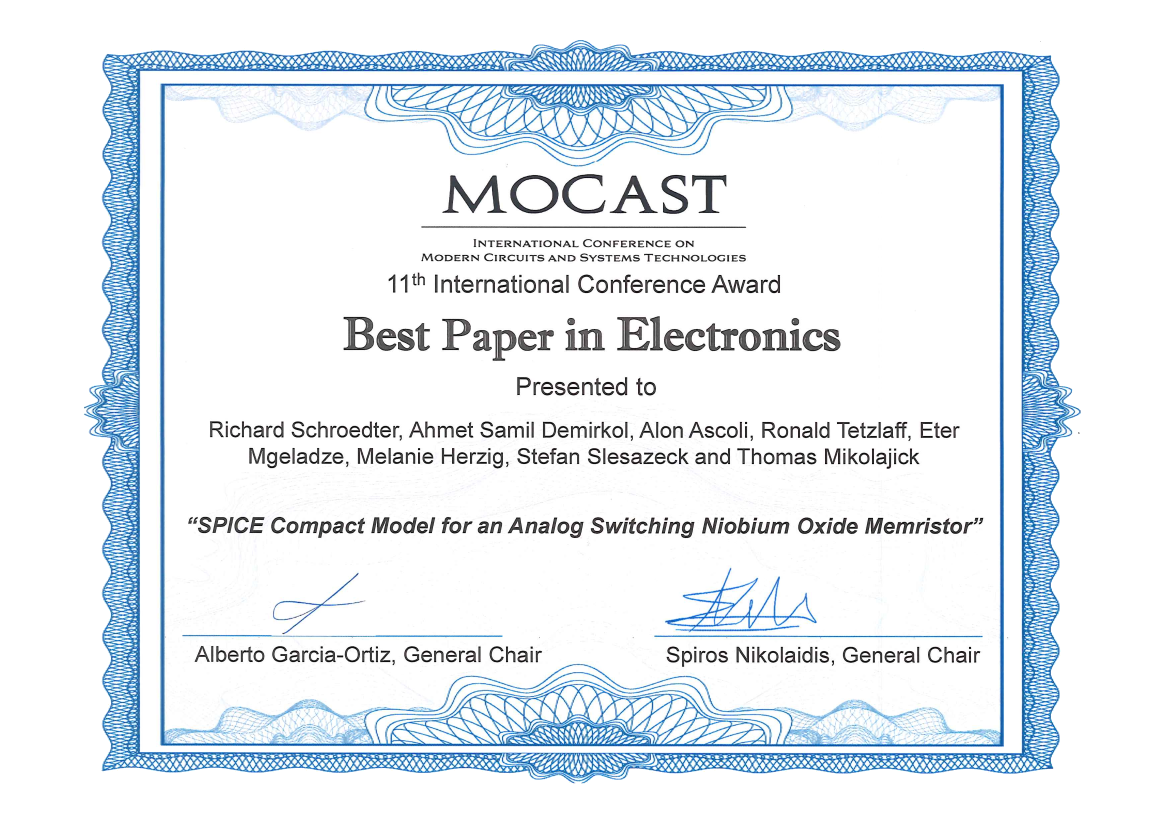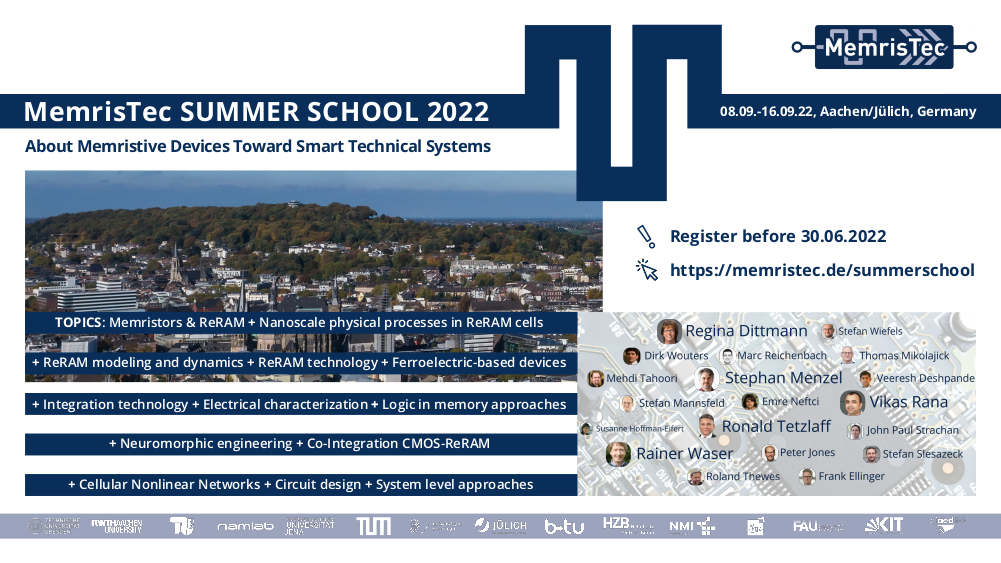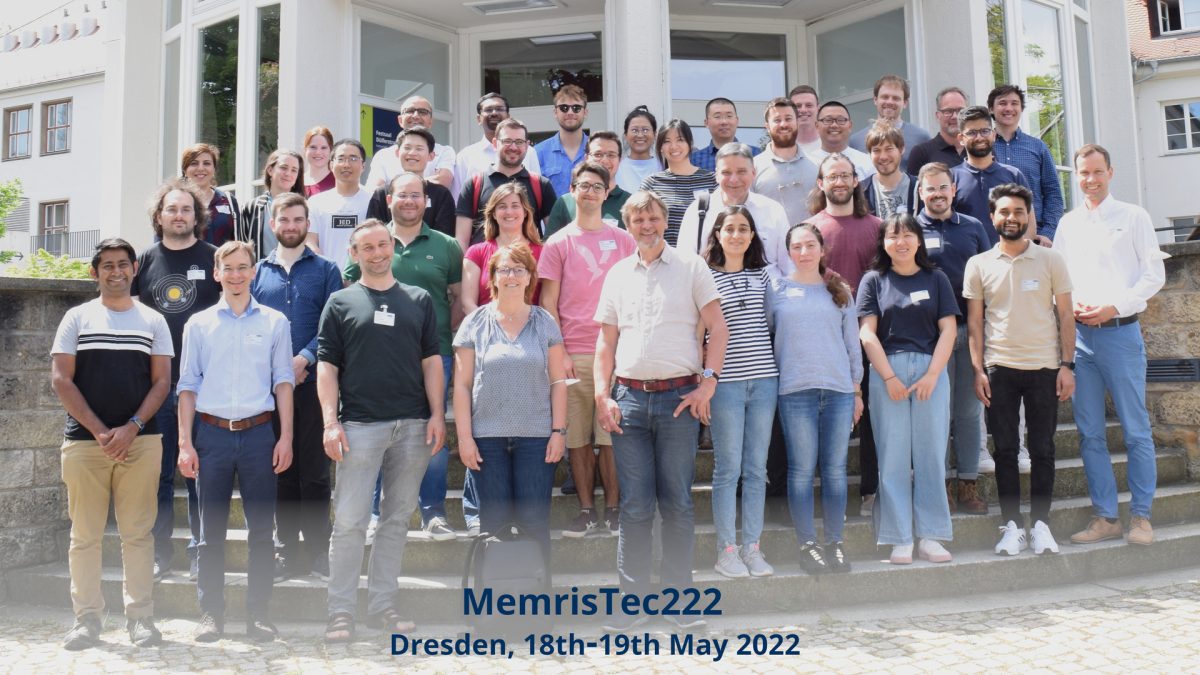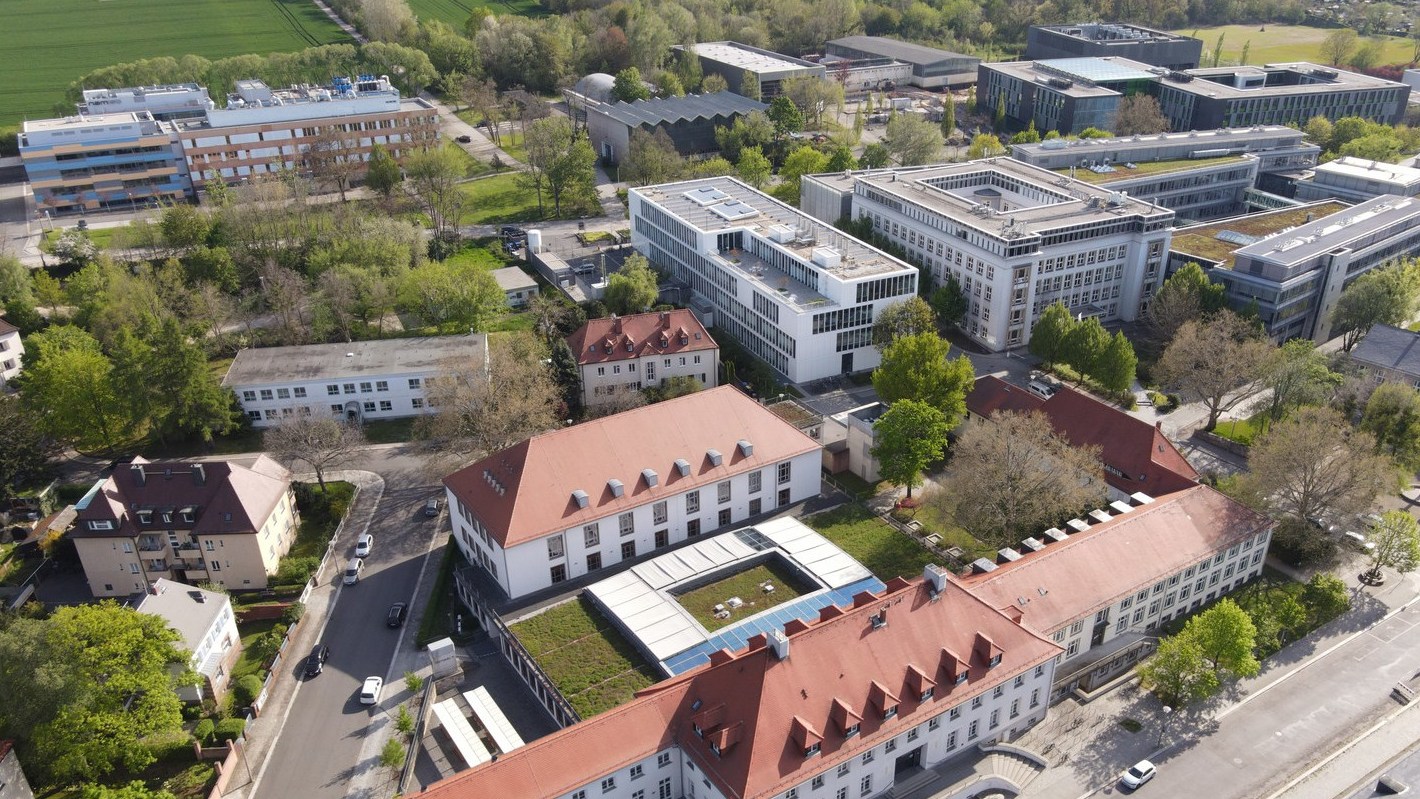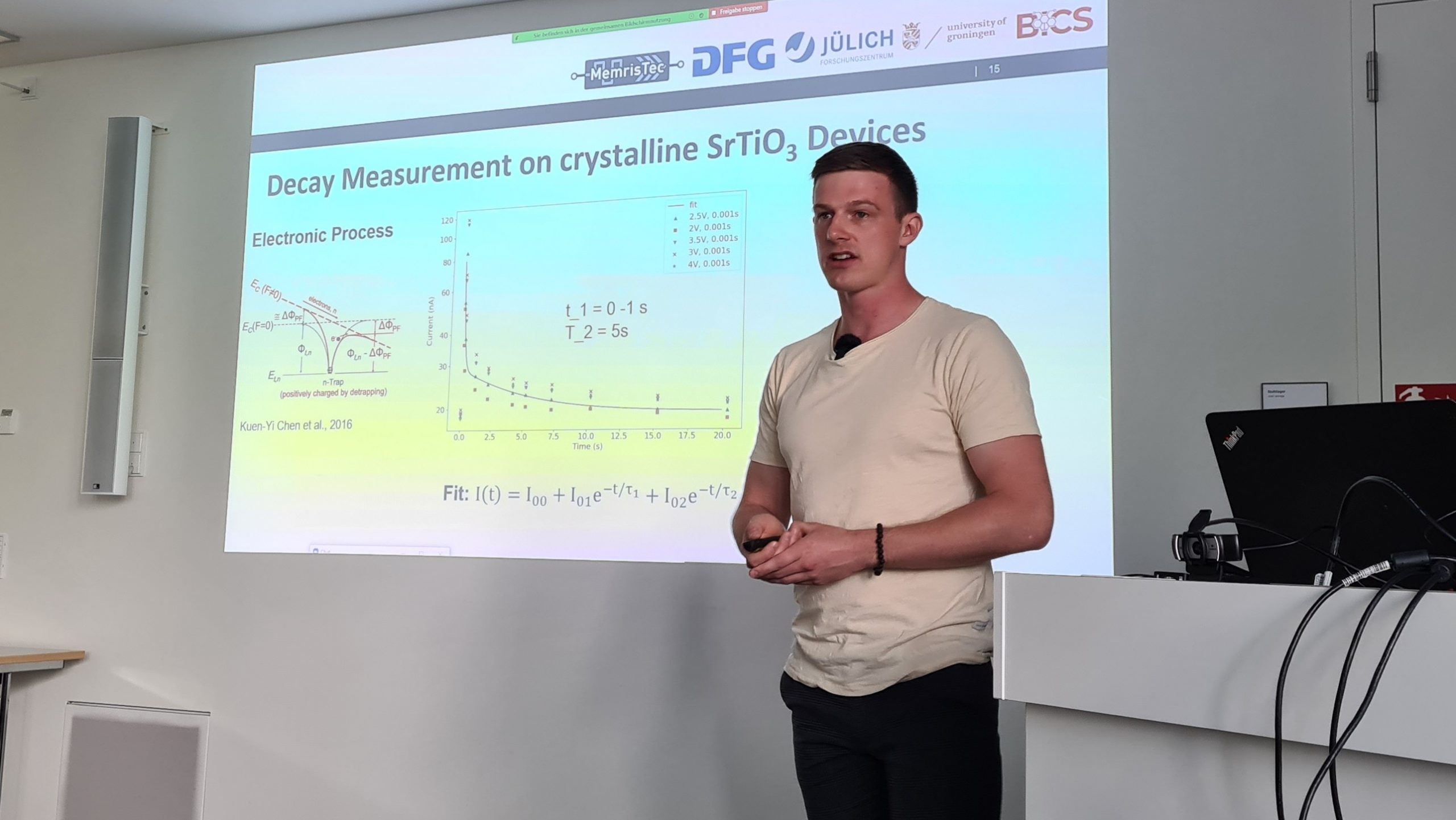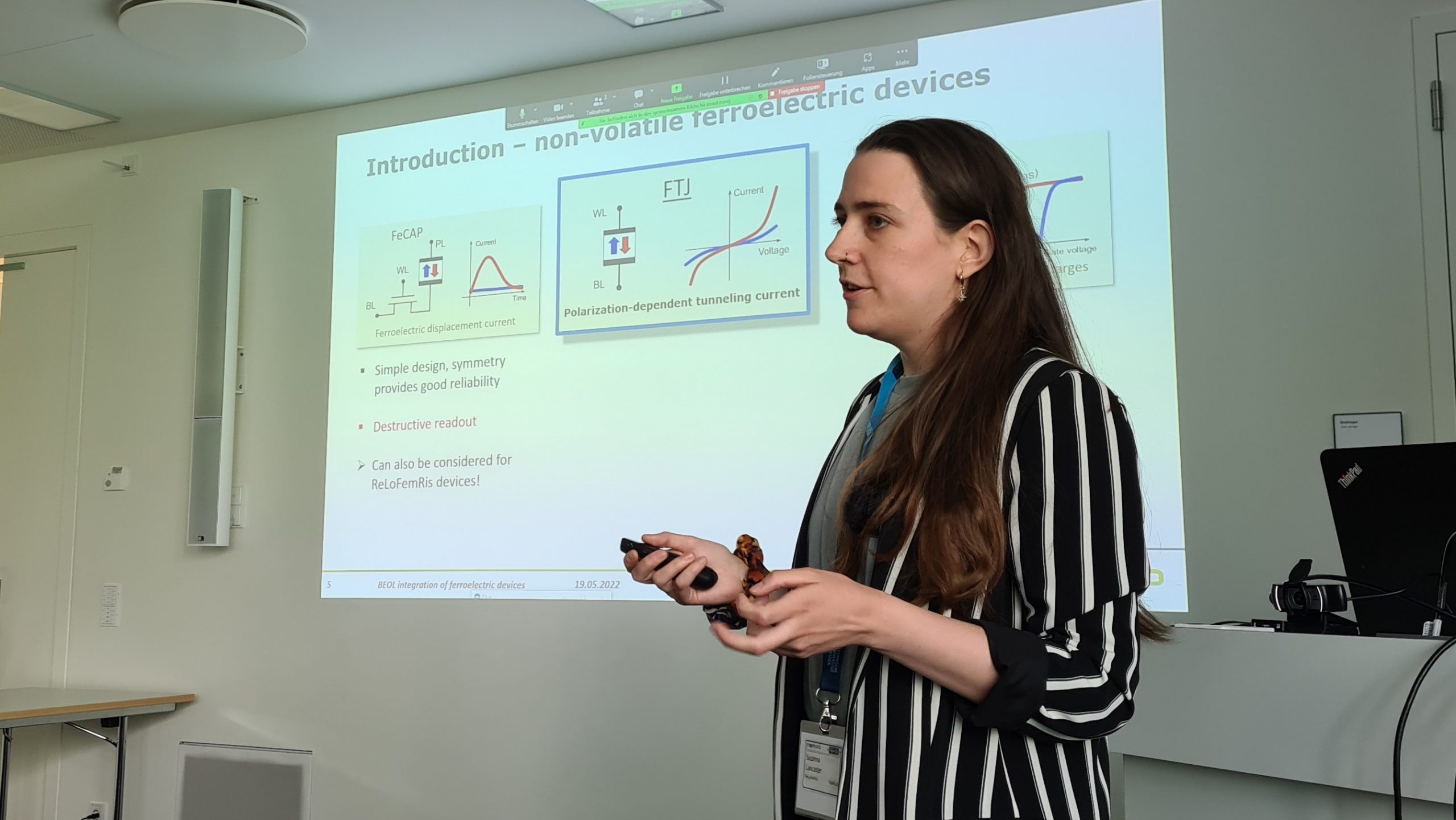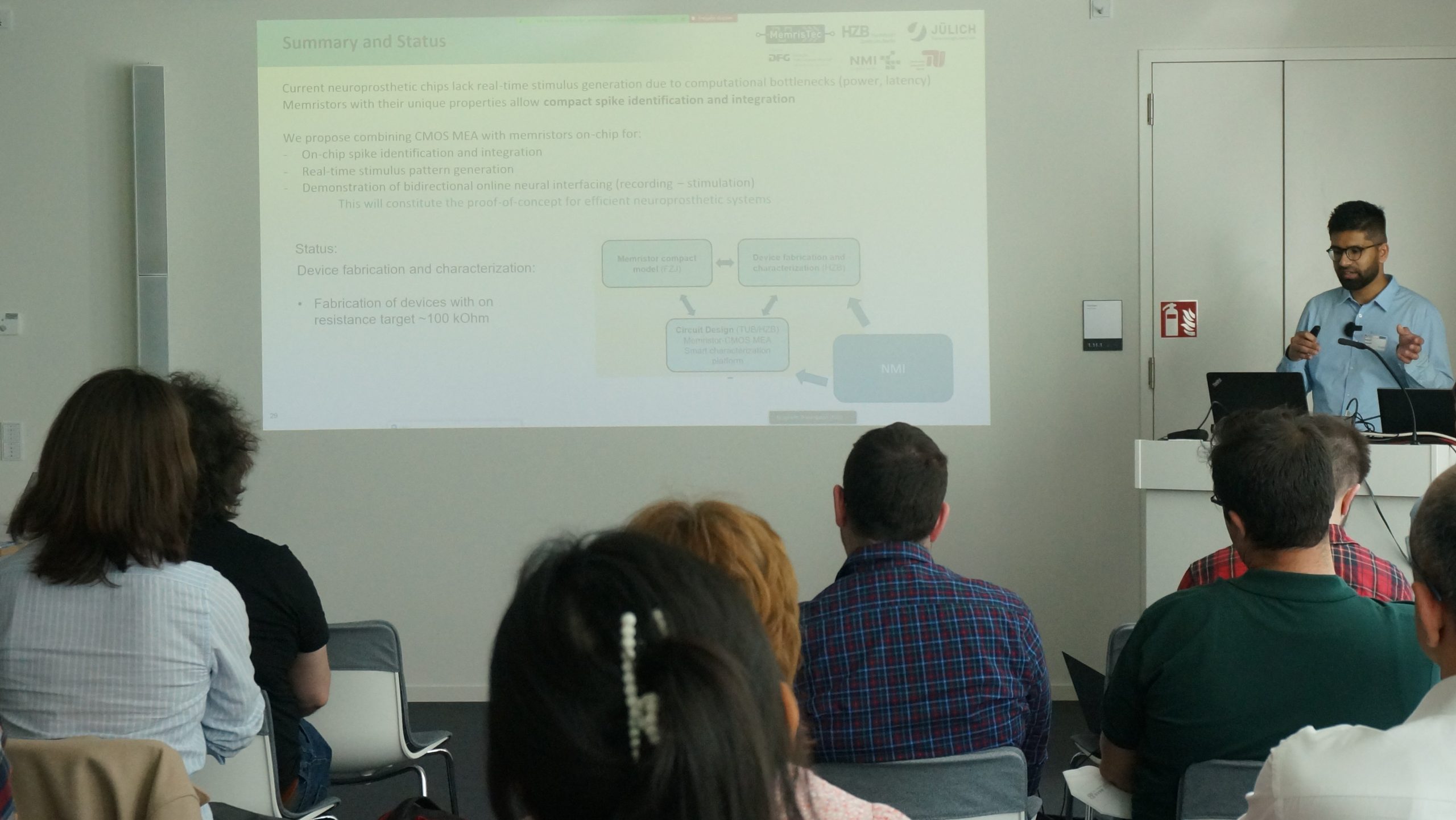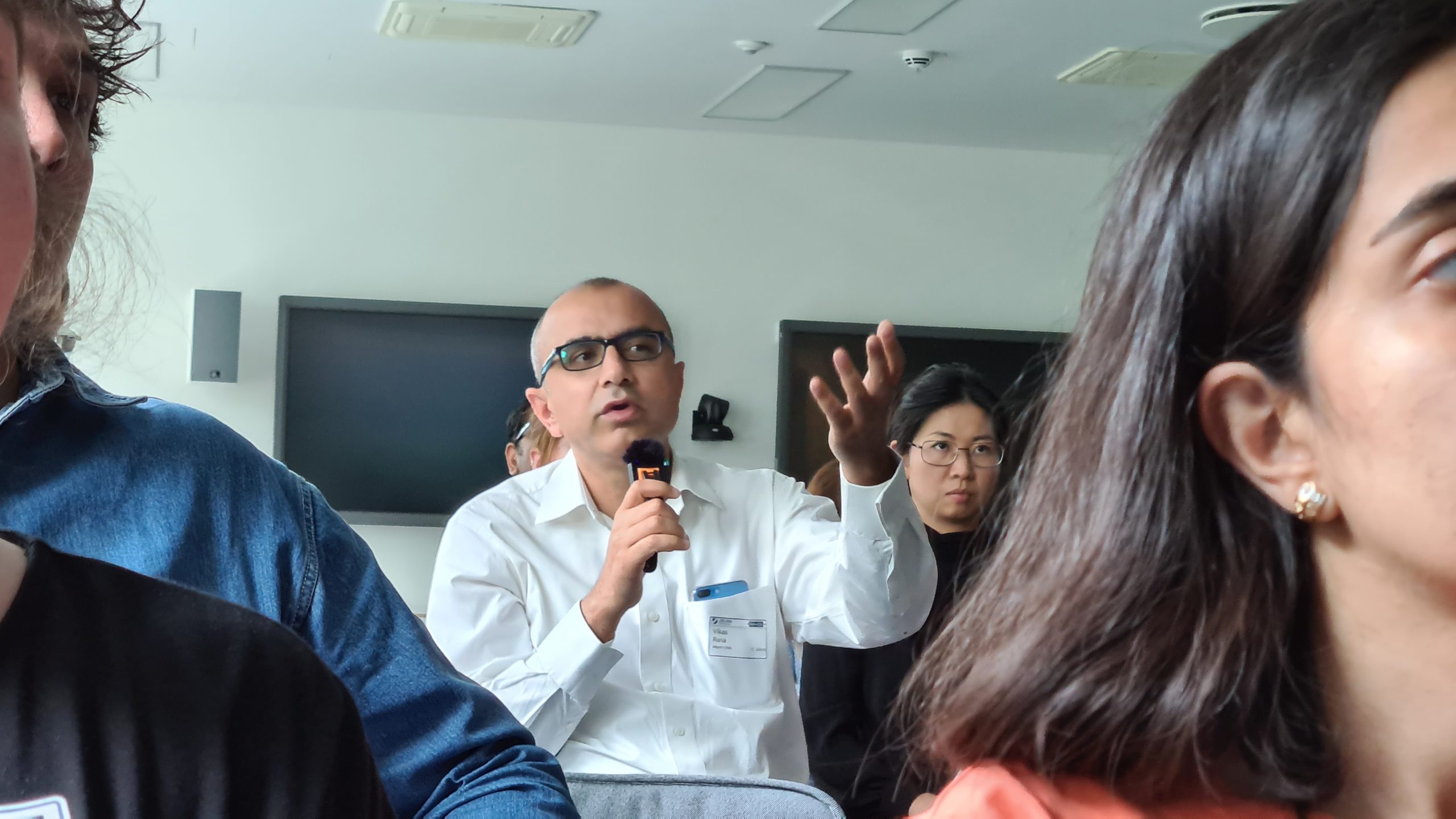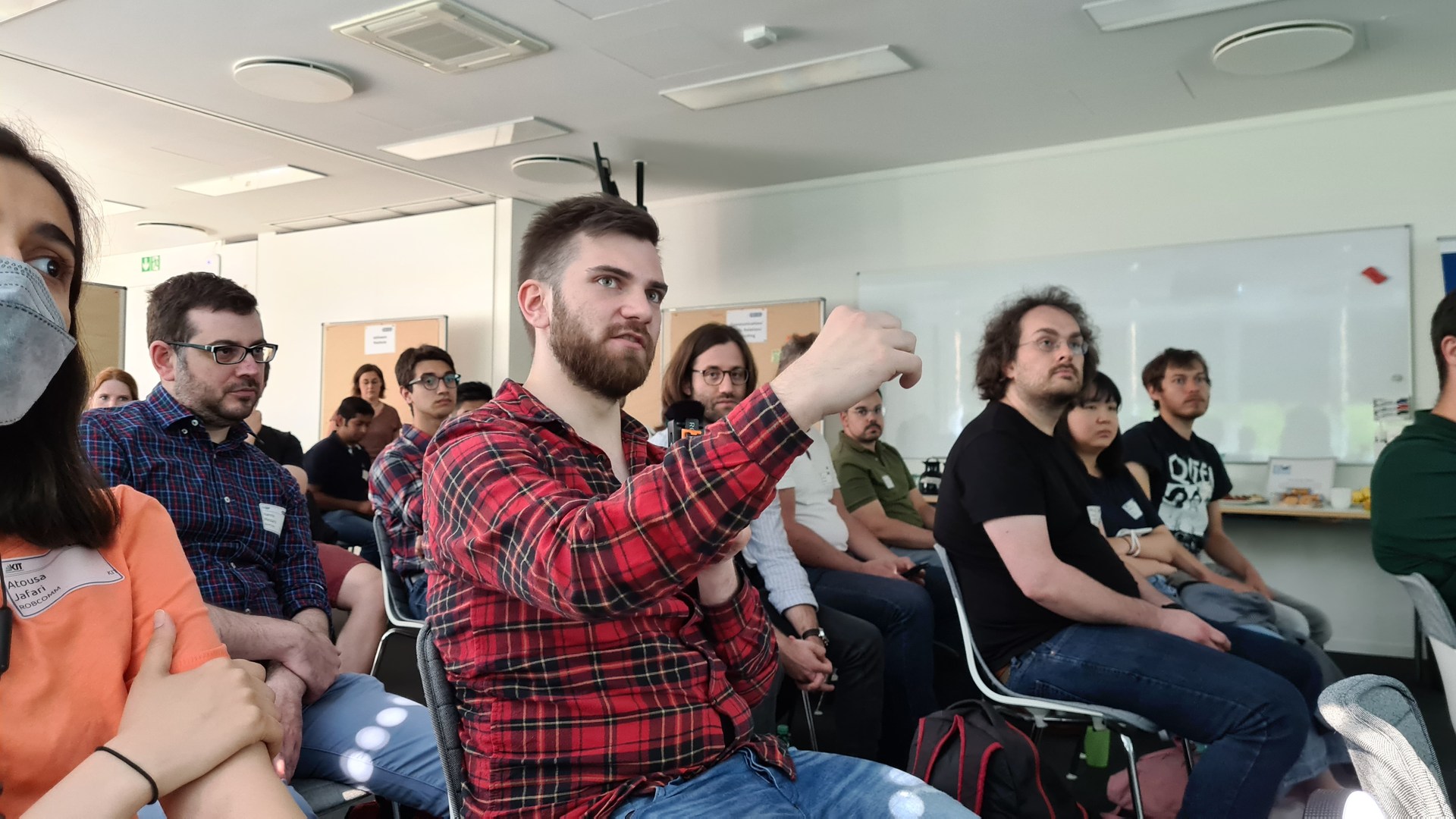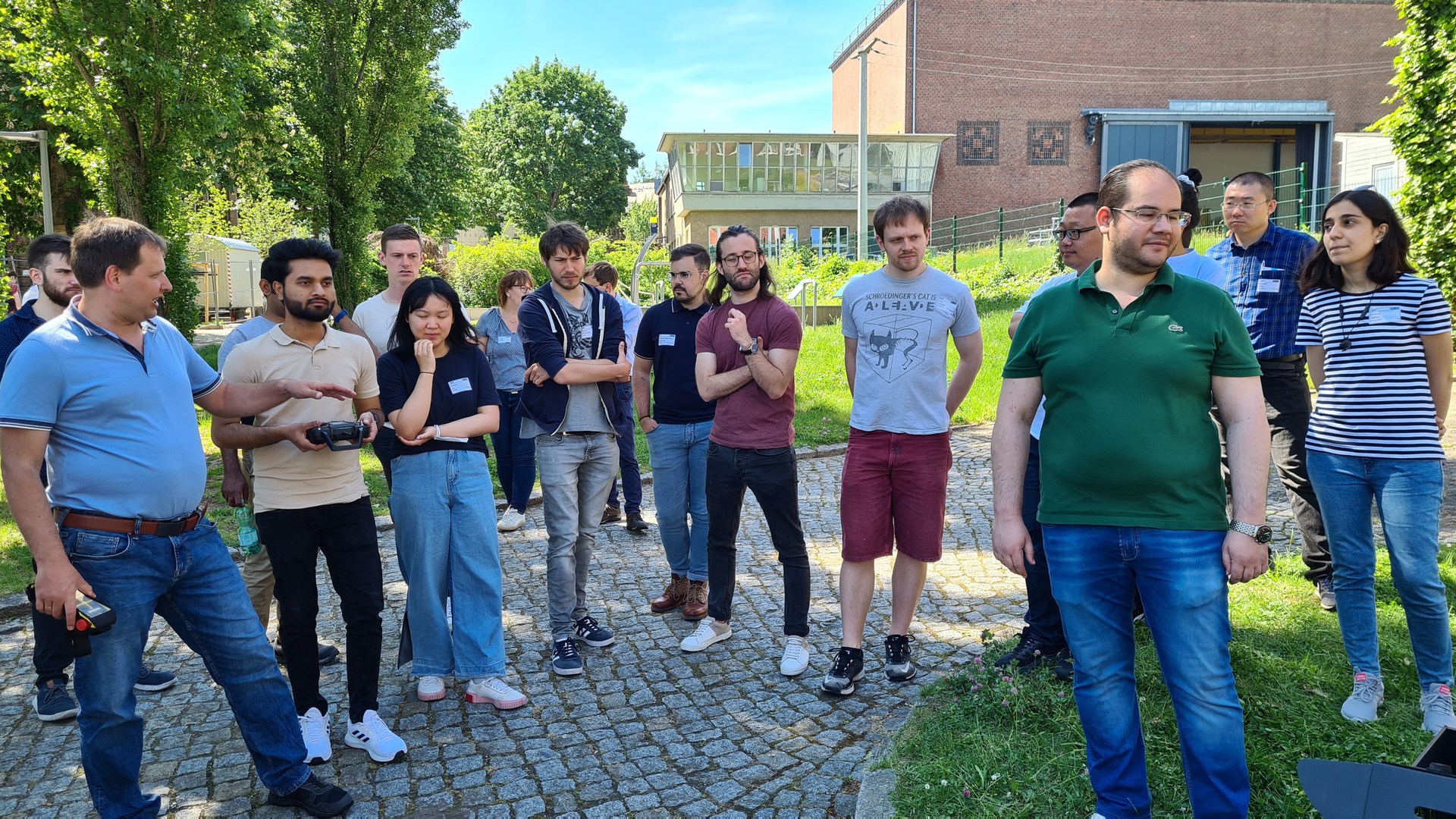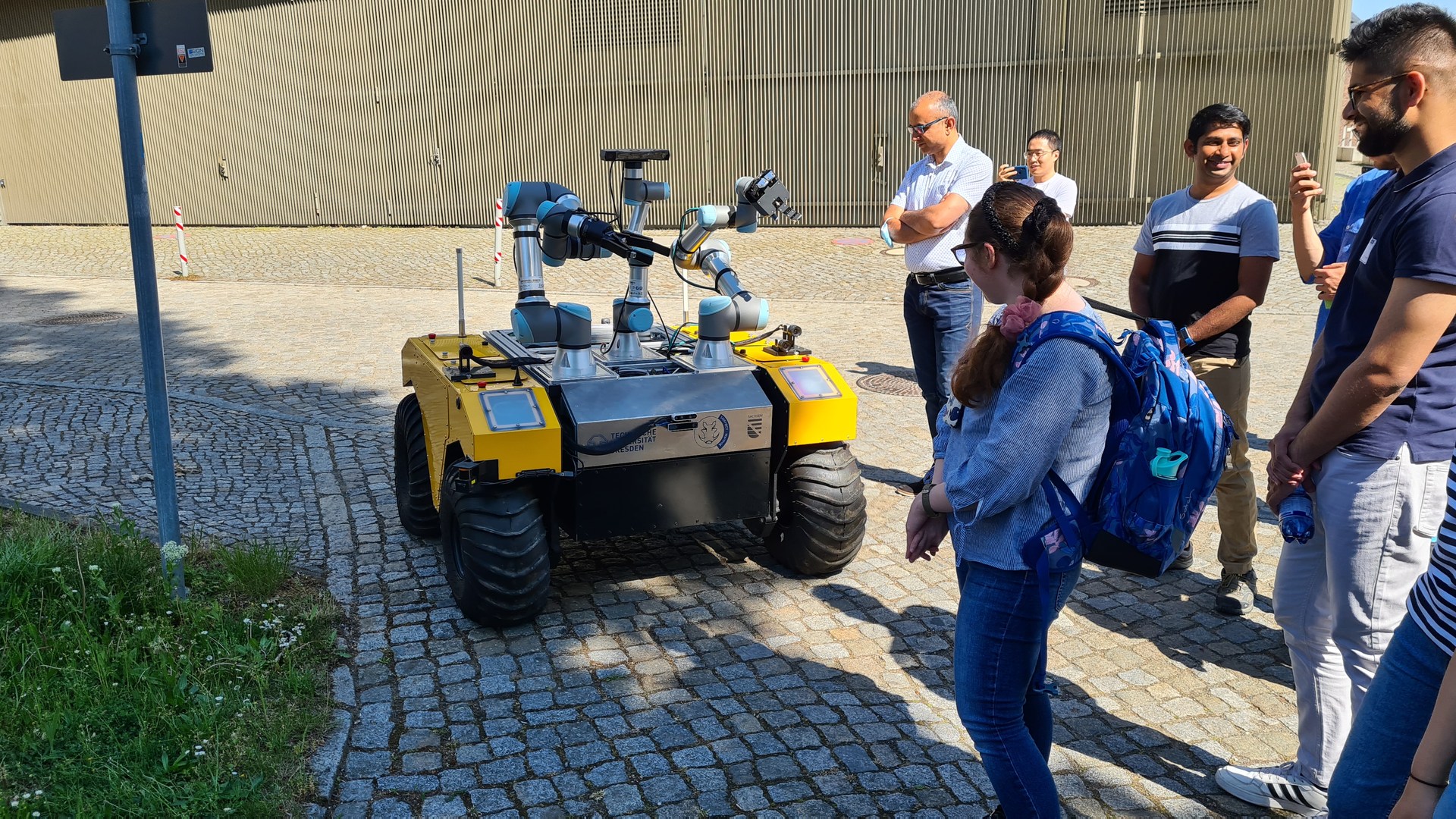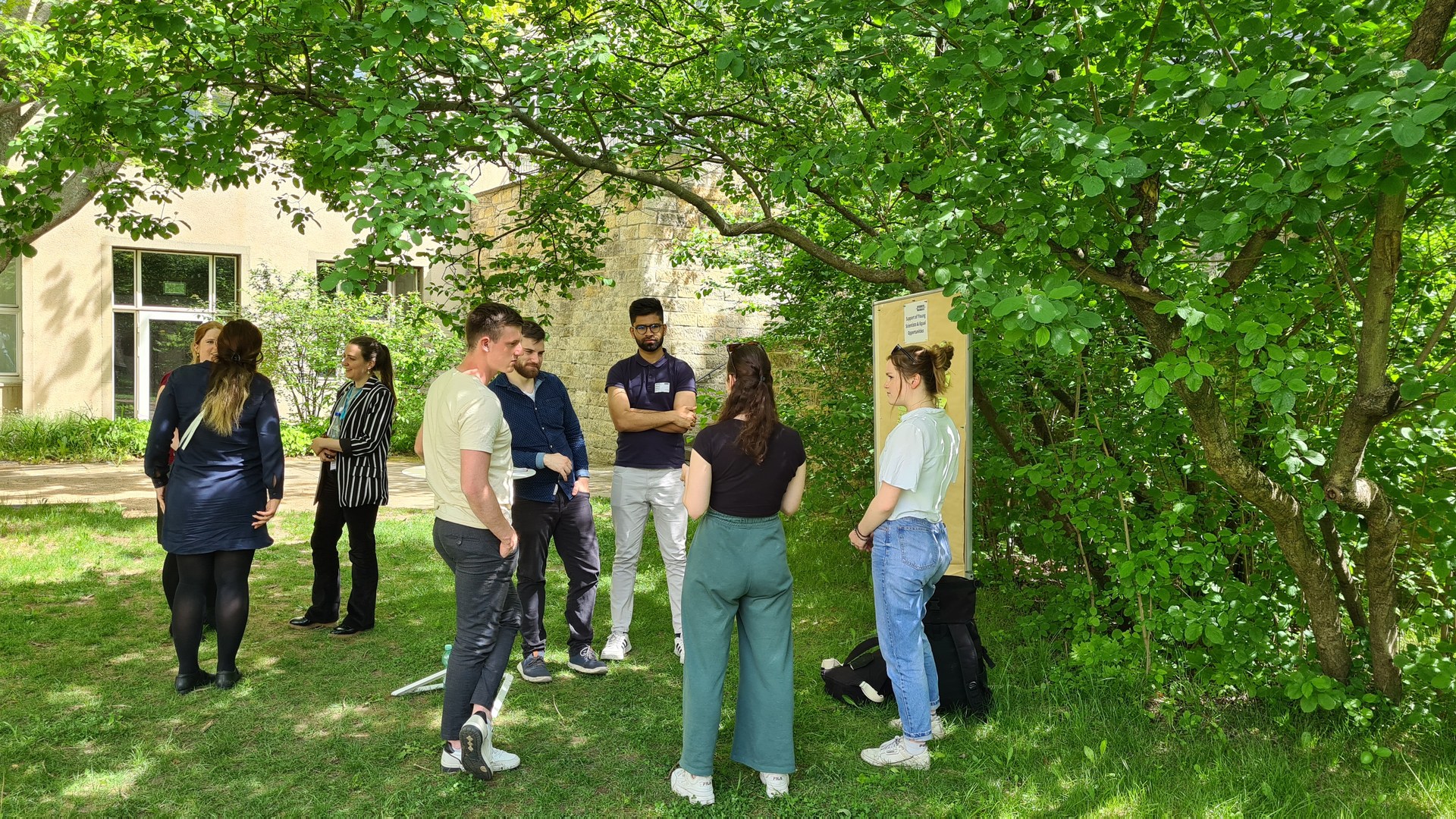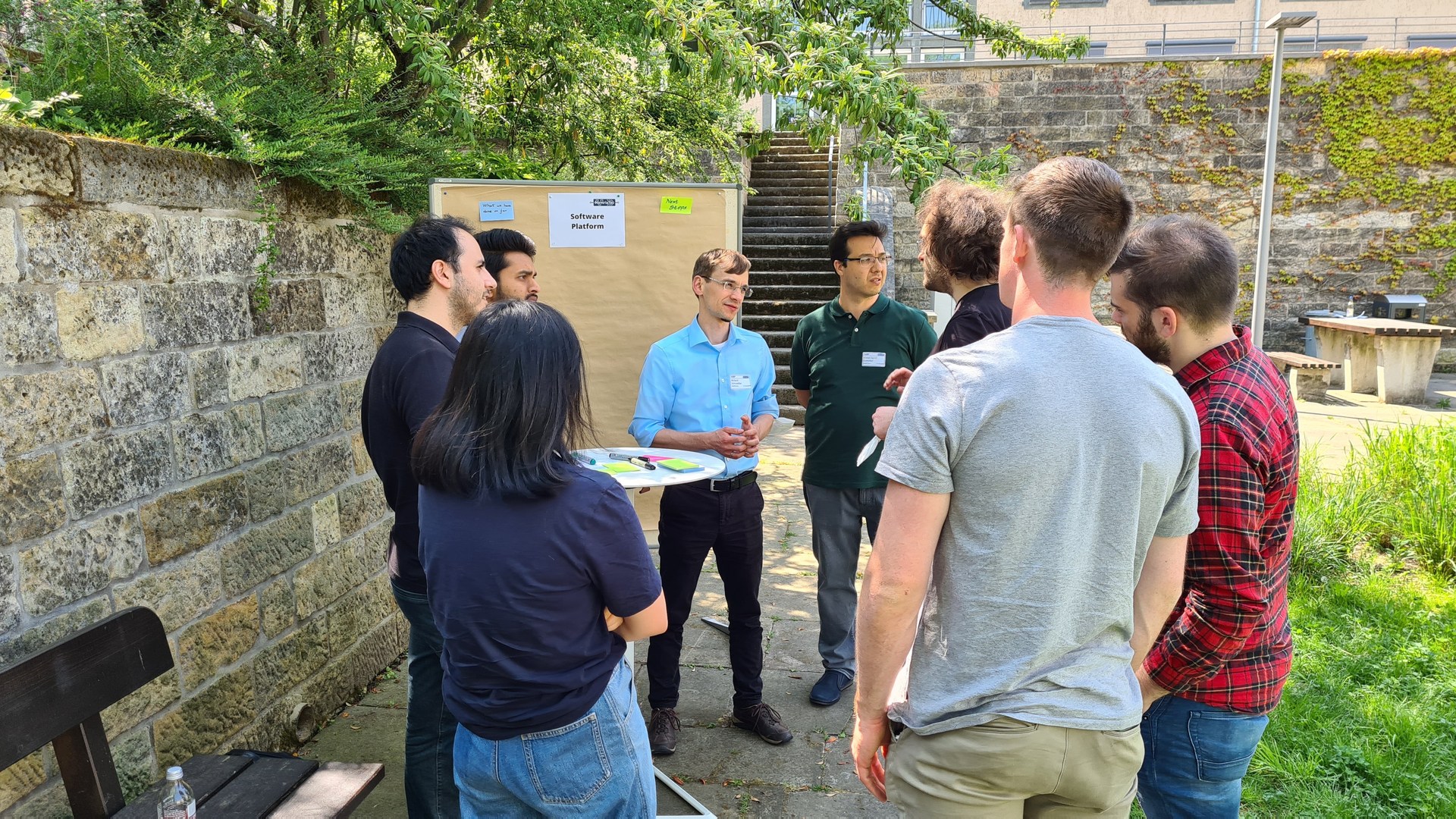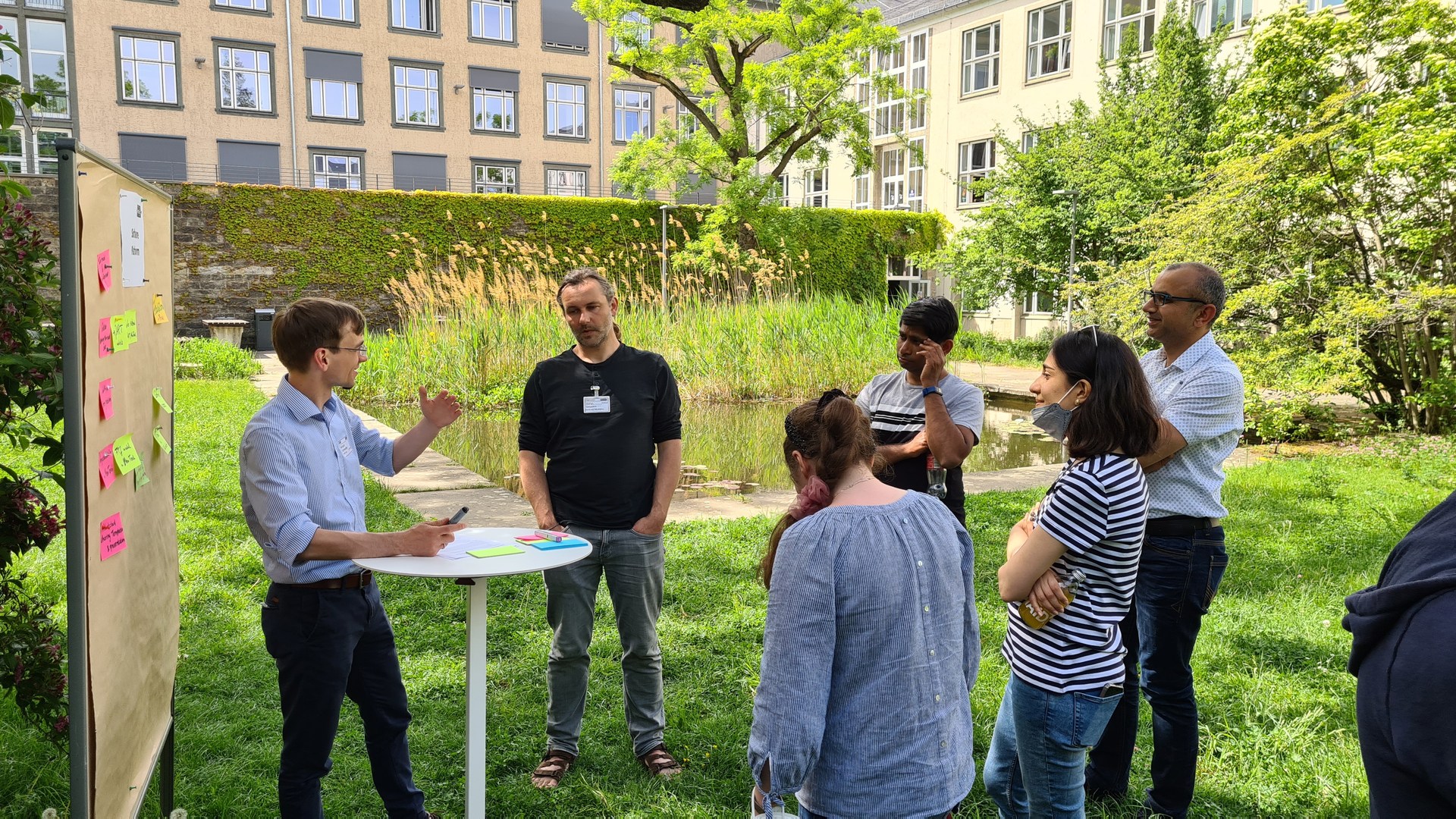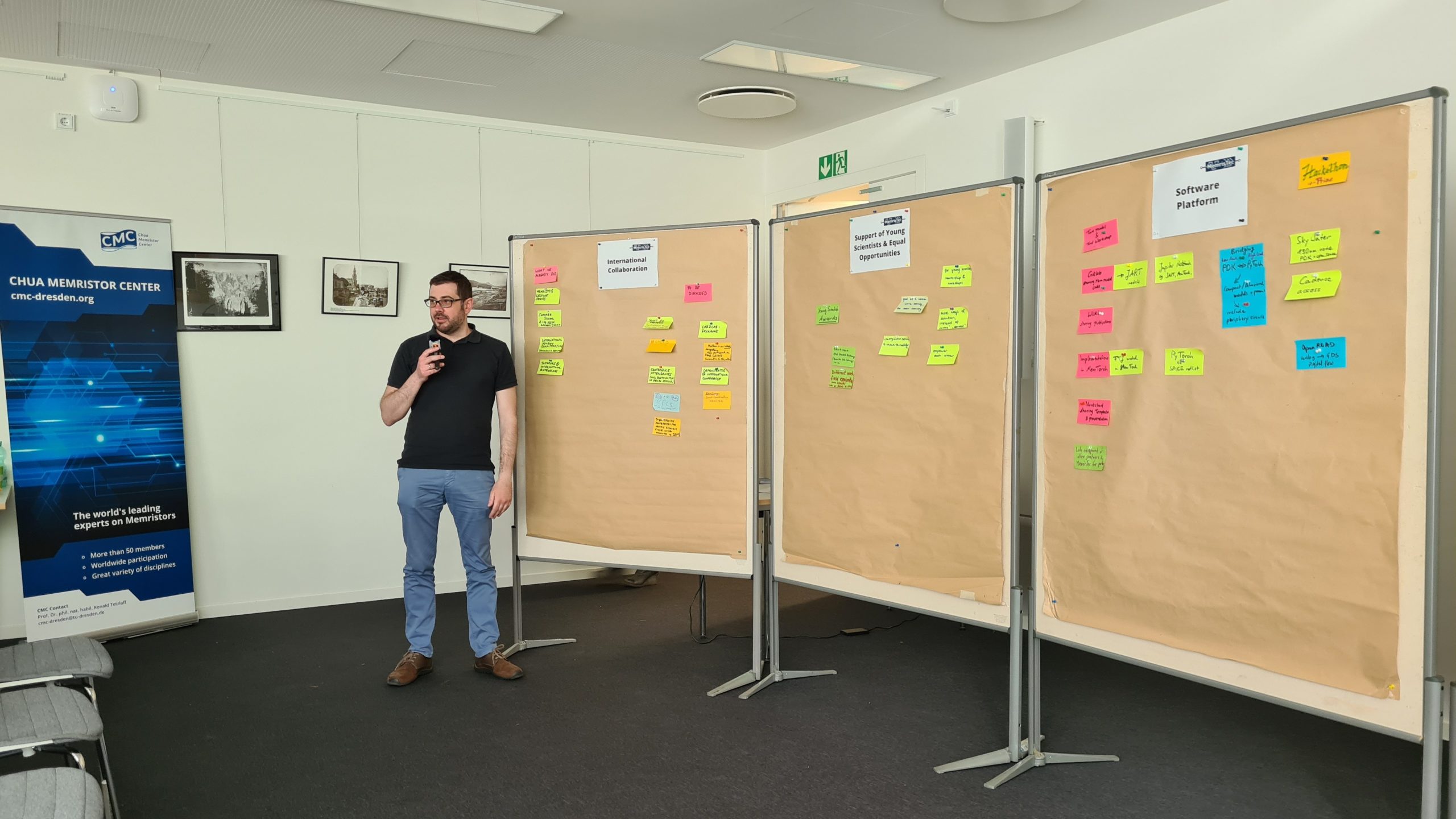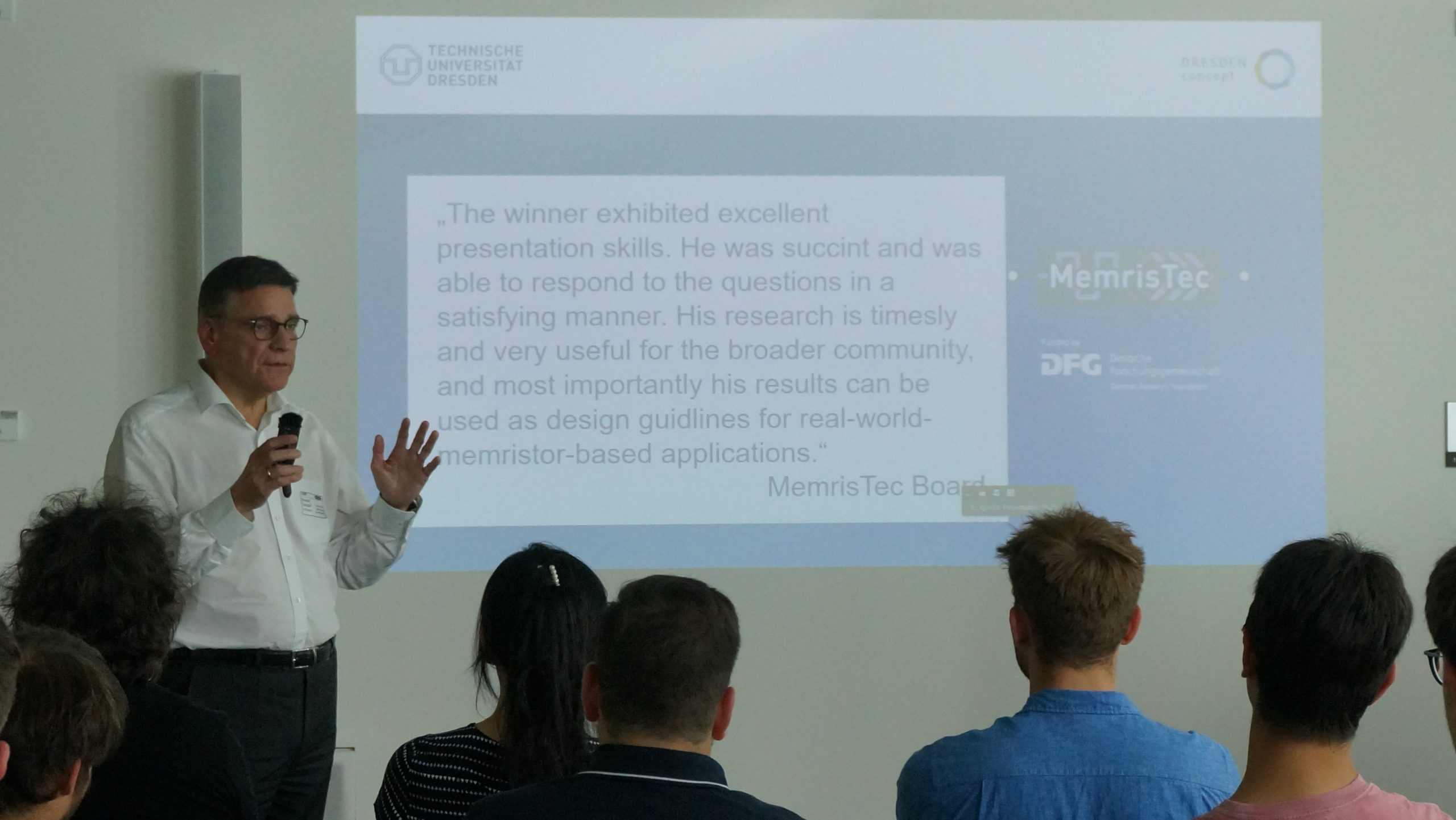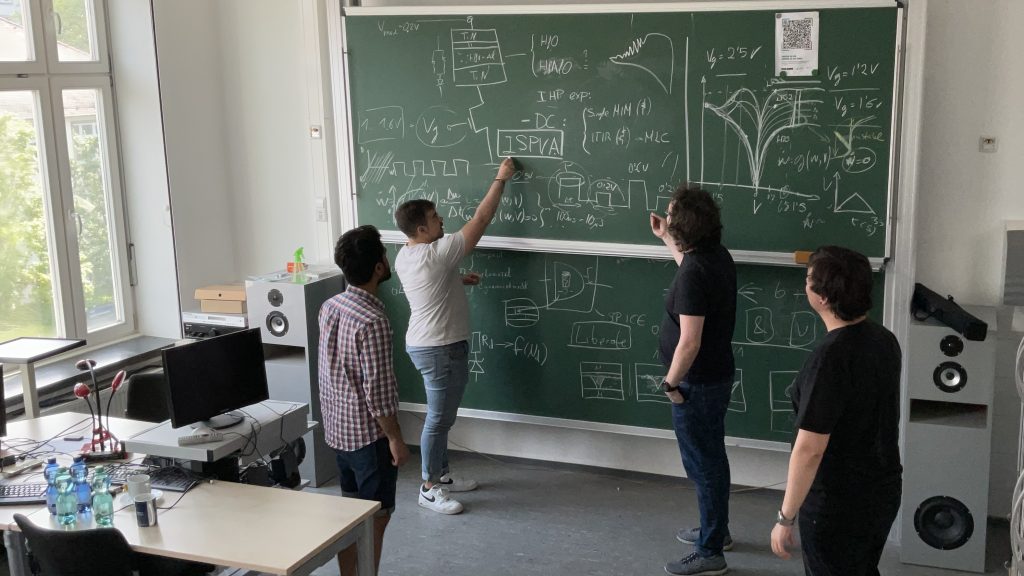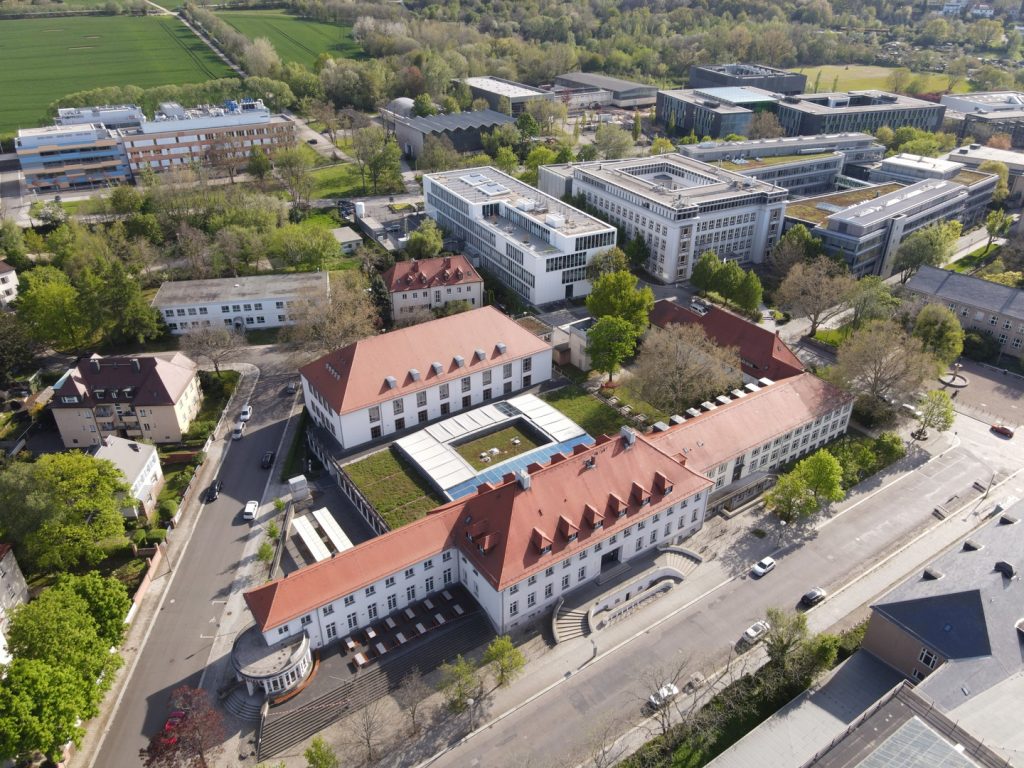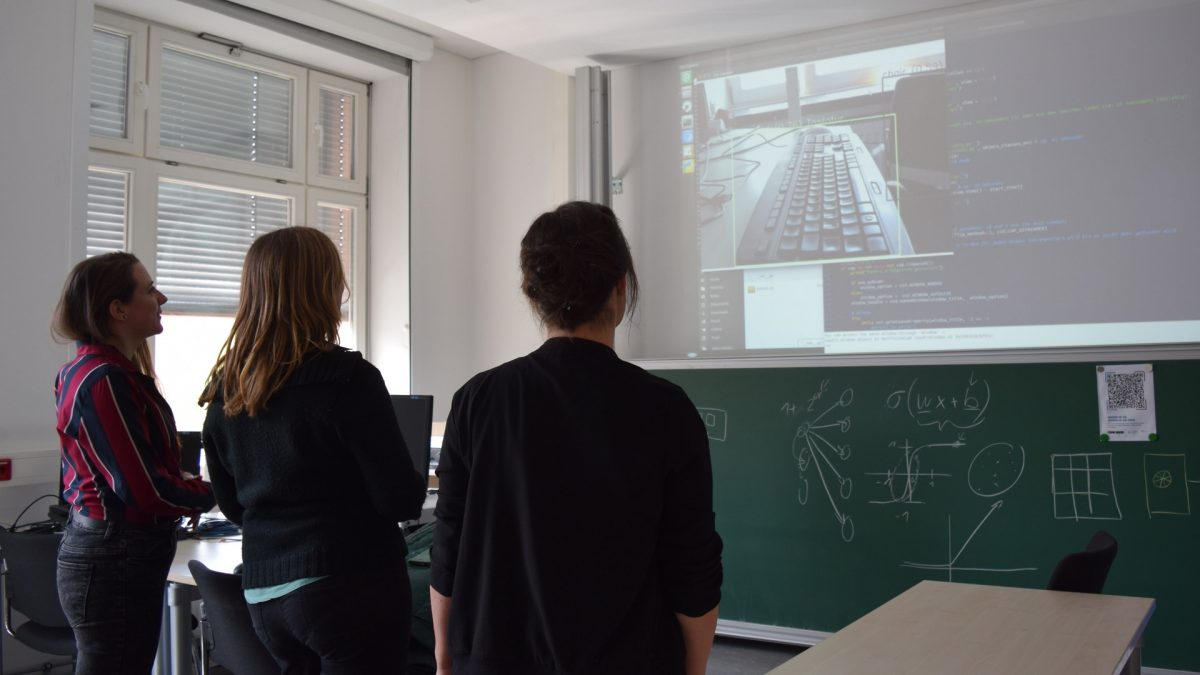Prof. Dr.-Ing. Thomas Mikolajick, an esteemed figure in the field of semiconductor technology, continues to make groundbreaking strides in the world of electronics and nanoelectronics.
Throughout his illustrious career, Prof. Mikolajick has made significant contributions in the development of novel materials and has been honored with two prestigious international awards for his groundbreaking research in non-volatile memory.
Firstly, he has been recognized as a “Highly Cited Researcher“, placing him among the top 1% of the most frequently cited scientists in his research field. In Germany, only 369 individuals have achieved this distinction, highlighting the significant impact of Professor Mikolajick’s scientific contributions.
Additionally, Professor Mikolajick is set to be appointed as an “IEEE Fellow” by the Institute of Electrical and Electronics Engineers on January 1, 2023. This prestigious title is the highest honor bestowed by the international professional association for engineers, recognizing exceptional international achievements within a specific field.
These awards not only acknowledge Professor Thomas Mikolajick’s outstanding contributions to non-volatile memory research but also underscore his global influence and reputation as a leading figure in the field. His research continues to focus on developing innovative materials and fabrication techniques, aiming to unlock new possibilities in semiconductor technology.
